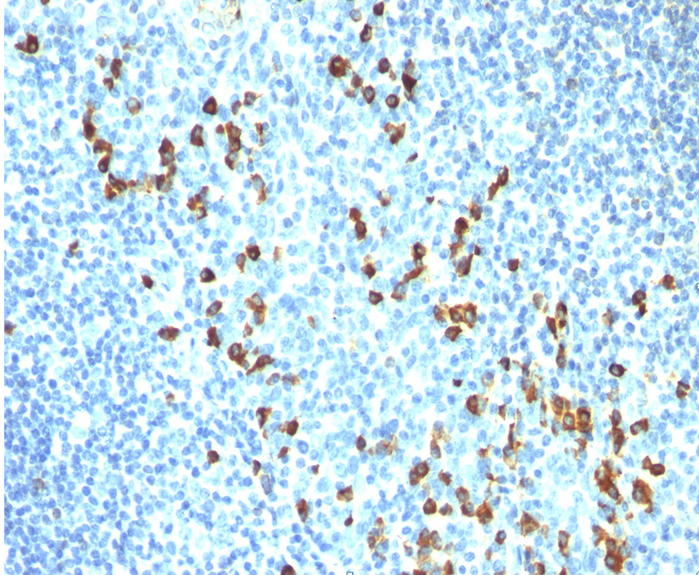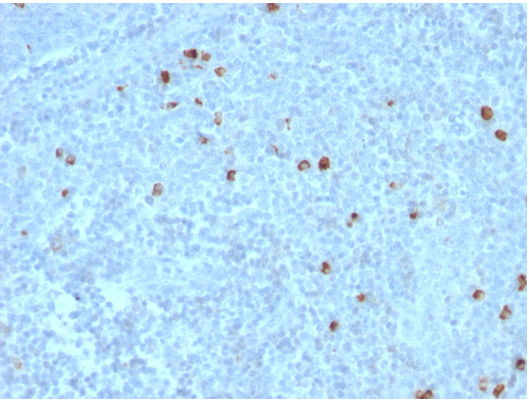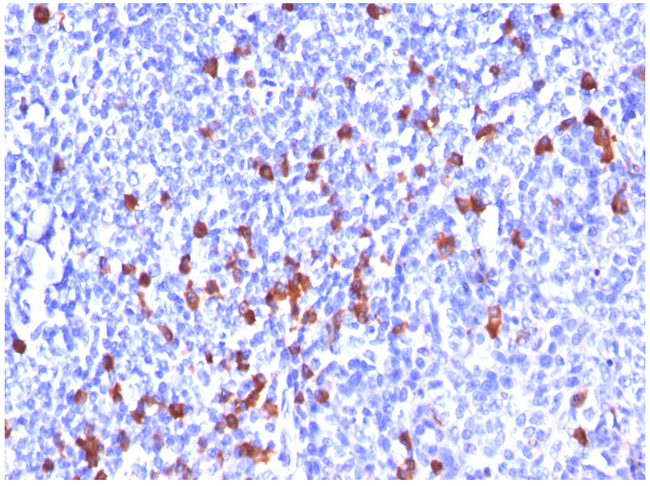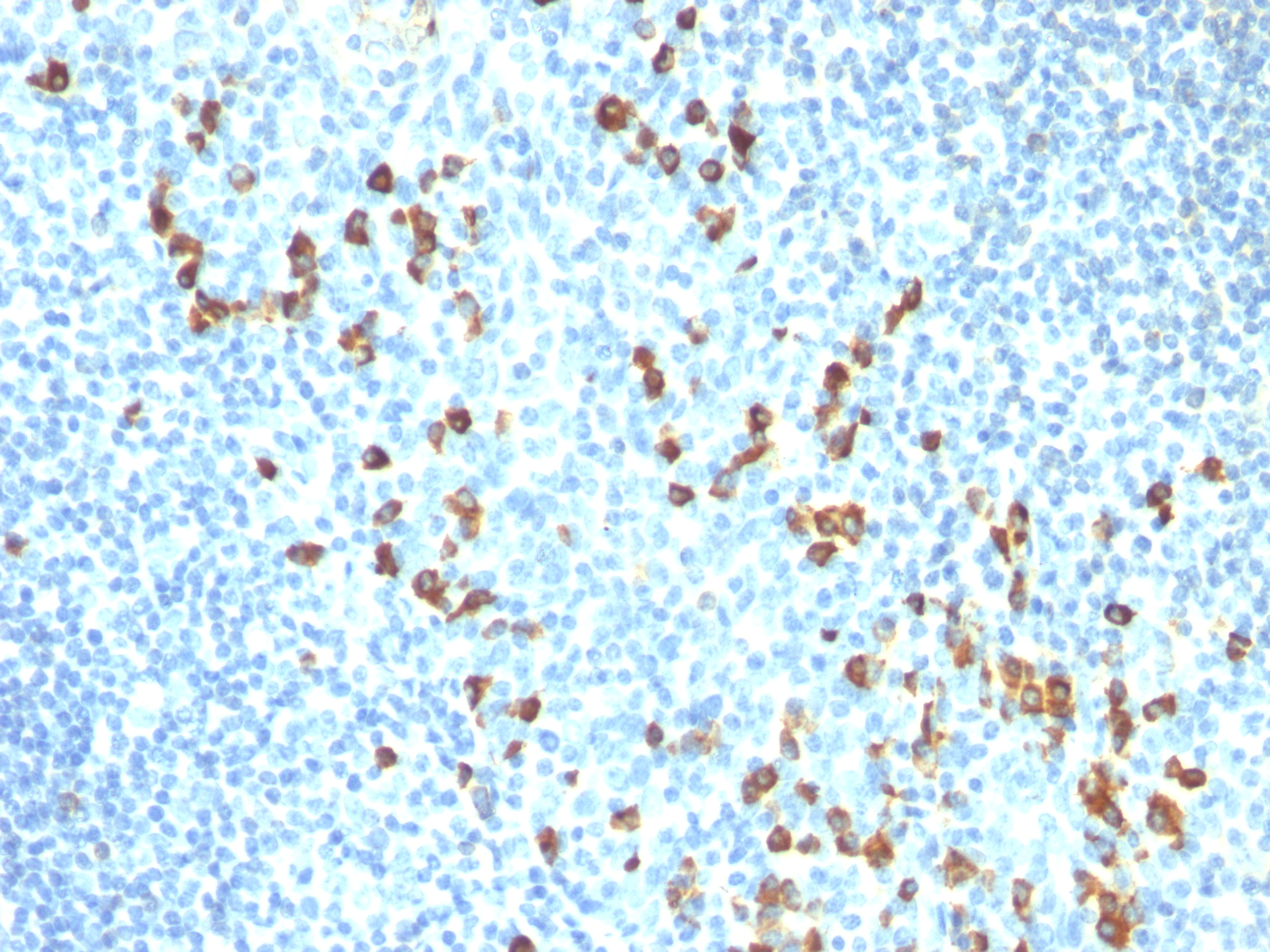USD 680.00
2 Weeks
Human IgG1 (Fc specific) mouse monoclonal antibody, clone NI 132 (HP 6186), TRITC
| Applications | To identify the presence of IgG1 in human serum, other body fluids, cell and tissue substrates and to determine its concentration in techniques as ELISA, indirect immunoperoxidase staining of cytoplasmic IgG1, and immunoblotting using a peroxidase labelled monoclonal antibody against TRITC. General Recommended Dilutions: Histochemical Use: 1/10-1/50. ELISA: from 1/200 upwards. Western blot: from 1/400 upwards. |
| Reactivities | Human |
| Conjugation | TRITC |






























































































































































































































































 Germany
Germany
 Japan
Japan
 United Kingdom
United Kingdom
 China
China




![Formalin-Fixed, Paraffin-Embedded Human Tonsil stained with Human IgG Antibody Cat.-No [AM50285PU-N] (Clone IG266).](https://origeneresource2.s3.us-east-2.amazonaws.com/cmsstatics/assets/images/antibody/secondary-antibody/am50285pu-n-1.png?d=110x100)